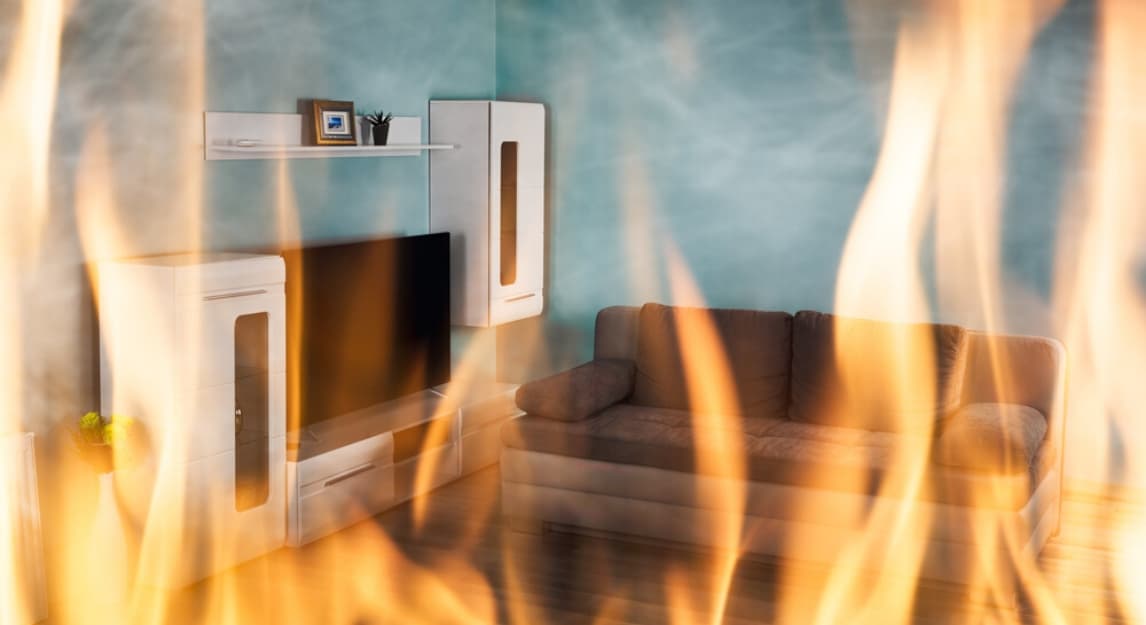
18 Jun Stricter Regulations on Fire Safety can affect escape from fire scenarios
Every year around 5,000 people die and around 50,000 people are injured in residential fires across the EU¹, presenting a danger to families and their livelihoods. Brominated flame retardants can help prevent or slow down fires when used in consumer products such as furniture and electronics.
When a fire breaks out in a home, every second counts to help people, especially the very young, elderly and disabled, escape safely. In such situations, the quantity of upholstered furniture, which often represents the greatest fire load in a home, can make a drastic difference in terms of the time available.
Researchers at the fire research laboratory Efectis found² that higher safety standards for the fire performance of upholstered furniture have a great impact on the time available in escape scenarios.
Published in March 2020 and researched by Eric Guillaume and team from the fire research laboratory Efectis in France and the Netherlands, the study compared sofas purchased around Europe and tested as per EU or national standards.
According to the researchers, furniture constructed to the British standard BS 5852 or equivalent Irish standard outperformed those with standards from the other EU Member States. While ignition resistance is an important factor in order to prevent fires from starting, the time to peak heat release rate as well as the actual heat release rate and the volume of smoke generated per unit time can also impact escape times; on all these criteria, the British and Irish sofas performed better Without ignition, there is no fire, but if a fire is already ongoing, slowing its spread also correlates to longer available times for occupants to escape.
The conclusions of this study align very well with recent work by the South West Research Institute². This work focused on fire performance comparisons of upholstered furniture from France, United States, and United Kingdom.
Matthew Blais, Director of Fire Technology, Southwest Research Institute (SWRI) had the opportunity to present the results from this work during the 2019 European Fire Safety Week.
Dr. Blais explained the importance of demanding flammability standards for furniture and noted that “country fire codes for furniture and electrical equipment affect their performance in fires: the furniture standard in England (BS-5852) is significantly more protective than the equivalent codes in the US or France. Escape time is significantly increased. Performance of French and US furnishings are approximately the same with very short flashover times resulting from a small open flame ignition source.”
Unfortunately, there is a great deal of misinformation on the use of flame retardants. Some are even advocating for the reduction or elimination of safety standards in furniture and electronics in order to avoid the use of flame retardants. In emergency situations, however, it can be seen from the above studies that the use of flame retardants in furniture makes a great difference, showing that their use is effective and necessary.
1 https://www.europeanfiresafetyalliance.org/our-focus/statistics/
2 https://www.bsef.com/news/study-shows-stricter-regulations-on-furniture-fire-safety-affect-escape-on-fire-scenarios/




No Comments